
Microsoft views OpenAI as a competitor
Microsoft on Tuesday included OpenAI among its competitors for the first time in its annual report submitted to the U.S. Securities and Exchange Commission.
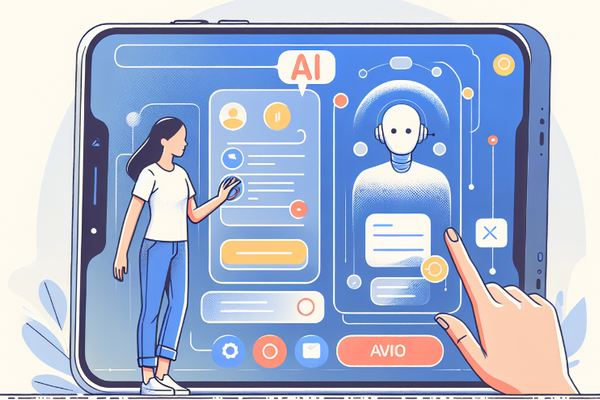
iOS 18.1 Beta Debuts: Siri Upgrade Showcases Apple's AI Prowess
iOS 18.1 Beta version introduces new system-wide artificial intelligence features, with Apple significantly enhancing the intelligence level of the operating system.
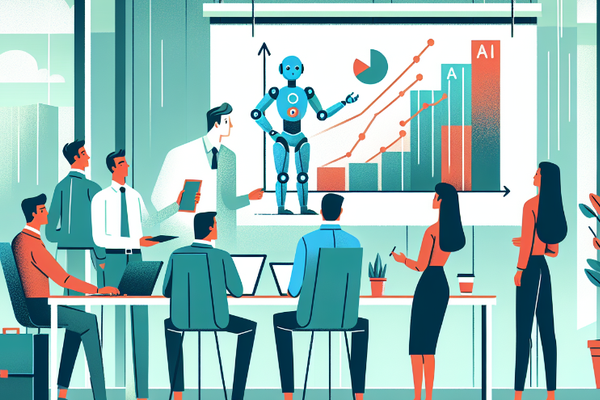
Tech Giants Invest Heavily in AI: Microsoft's Quarterly Investment Surges 77%
It's better to try multiple times than to miss a good opportunity.

Emerging Investment Hotspots in the Intelligent Era
Breakthrough innovations in cooling technology

The Truth About Open Source in the Large Language Model Field How much open source is really happening in the large language model domain?
When discussing open-source large language models, we focus on artificial intelligence language systems that can be freely obtained, used, and modified. These models are trained on massive amounts of text data and can understand and generate human language, providing a foundation for various applications. We pay attention to their technical characteristics, development trends, application potential, and impact on the field of artificial intelligence.

Artificial Intelligence Raises Concerns: Are We Being Too Cautious?
The future development of artificial intelligence is difficult to predict, and the ultimate winner remains unknown.
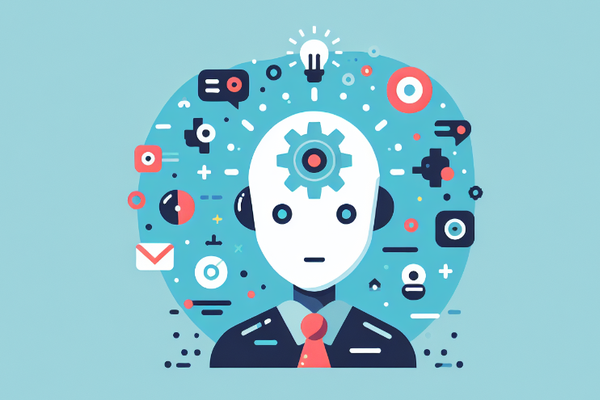
AI Girlfriend Upgrade: GPT-4 Version of "Her" Showcases Versatile Charm
She has arrived.
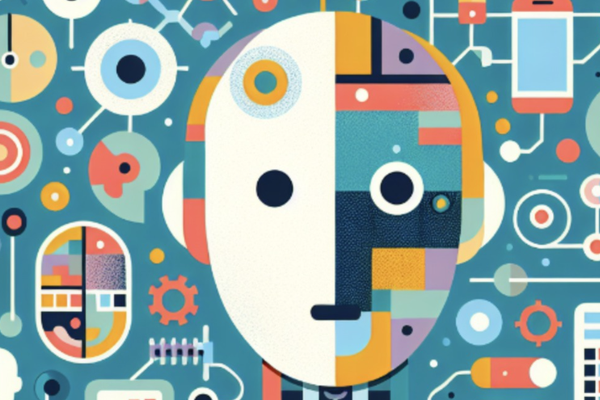
Meta enables LLMs to self-evaluate and evolve: After 4 rounds of training, Llama 7B surpasses GPT-4
AI as a Referee: Exploring the Applications and Potential of Artificial Intelligence in Judging Roles Artificial intelligence has made significant progress in various fields, and its application in judging roles is becoming increasingly prominent. This article will explore the potential and applications of AI in refereeing and judging positions. 1. Sports Refereeing AI technology can assist human referees in making more accurate decisions in sports events. For example: - Goal-line technology in football - Hawk-Eye system in tennis - Video Assistant Referee (VAR) in football 2. Legal Judgment AI can help judges analyze case data and provide reference opinions: - Automated document review - Case outcome prediction - Sentencing recommendations 3. Academic Evaluation AI can assist in evaluating academic papers and research projects: - Plagiarism detection - Citation analysis - Research impact assessment 4. Art and Music Competitions AI can be used to evaluate artistic and musical performances: - Analyzing technical skills - Assessing creativity and originality - Providing objective scoring criteria 5. Challenges and Limitations While AI shows promise in judging roles, there are still challenges to overcome: - Ethical concerns - Bias in AI algorithms - The need for human oversight 6. Future Prospects As AI technology continues to advance, its role in judging and refereeing is likely to expand: - More sophisticated decision-making algorithms - Integration with other technologies (e.g., IoT, 5G) - Increased public acceptance and trust In conclusion, AI has significant potential in judging roles across various fields. While challenges remain, continued development and responsible implementation could lead to more fair and efficient judging processes in the future.
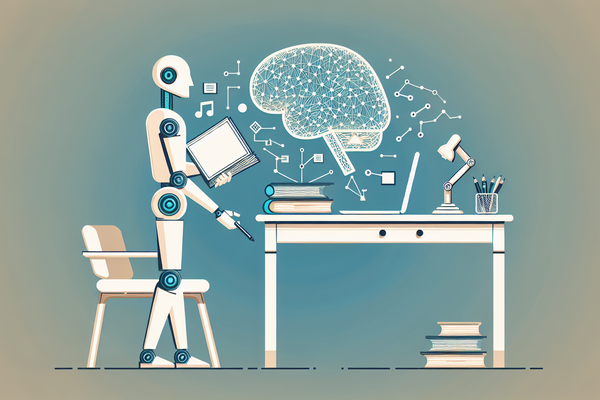
AI Language Models: New Challenges and Concerns in Academia The rapid development of AI language models has brought both opportunities and challenges to academia. These models have demonstrated impressive capabilities in various fields, including natural language processing, text generation, and information retrieval. However, their increasing sophistication has also raised concerns among scholars and educators. One of the main challenges is the potential impact on academic integrity. As AI models become more adept at generating human-like text, there are growing concerns about their use in academic dishonesty, such as plagiarism or the creation of fake research papers. This poses a significant challenge for educational institutions in maintaining academic standards and ensuring the authenticity of student work. Another concern is the potential erosion of critical thinking skills. With AI models capable of providing quick and seemingly accurate answers to complex questions, there is a risk that students may become overly reliant on these tools, potentially hindering the development of their own analytical and problem-solving abilities. Furthermore, the use of AI language models in research raises questions about the originality and credibility of academic output. As these models can generate coherent and plausible-sounding text on various topics, there is a need for robust verification mechanisms to distinguish between AI-generated content and genuine human research. Despite these challenges, AI language models also offer significant potential benefits to academia. They can serve as powerful research assistants, help in literature reviews, and facilitate the exploration of new ideas. The key lies in finding a balance between harnessing the capabilities of these models and maintaining the core values of academic inquiry and integrity. As AI technology continues to advance, it is crucial for academic institutions to adapt their policies and practices to address these new challenges. This may include developing new methods for detecting AI-generated content, updating academic integrity guidelines, and incorporating AI literacy into curricula to ensure students understand both the potential and limitations of these tools. In conclusion, while AI language models present significant challenges to academia, they also offer opportunities for innovation and advancement in research and education. The academic community must engage in ongoing dialogue and collaboration to navigate these challenges and harness the potential of AI technology responsibly.
Generative AI technology is increasingly widely applied in academic fields.
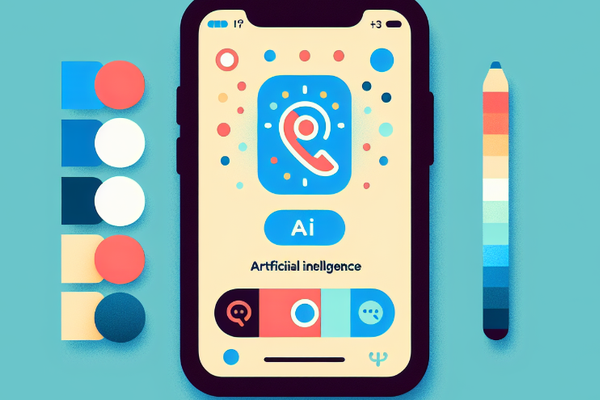
Apple AI Test Version Experience: Difficult to Use and Unsatisfactory
AI technology still has significant room for development. Although remarkable progress has been made, long-term efforts are needed to reach a truly mature level.
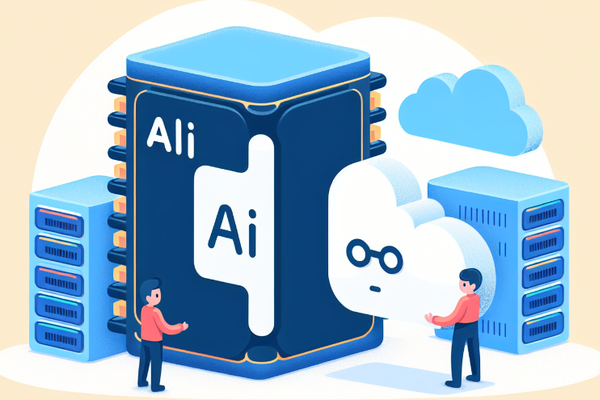
Comparing AI Strategies of Tech Giants: Between Offense and Defense
The trade-off between first-mover advantage and late-mover advantage: A key strategic decision in the field of innovation. First movers can seize market share and establish brand image, but face high risks and uncertainties. Late movers can learn from experience and avoid mistakes, but need to break through existing patterns. Companies should carefully choose a suitable development path based on their own strengths, industry characteristics, and market environment, flexibly seize opportunities to achieve sustainable competitive advantage.

OpenAI: The AI Pioneer Paving the Way for Others
In the field of artificial intelligence, technological innovation drives value creation, while productization achieves profit generation. This pattern has almost become an industry law. Therefore, although large model companies have led the beginning of the AI wave, they do not represent the mainstream direction of this revolution.